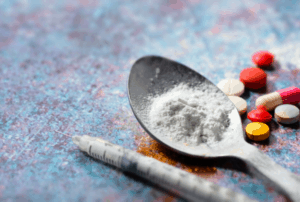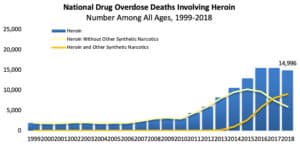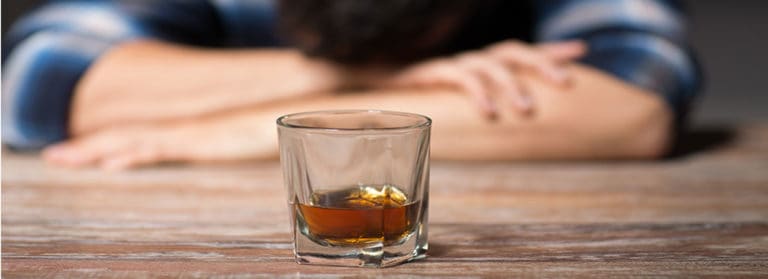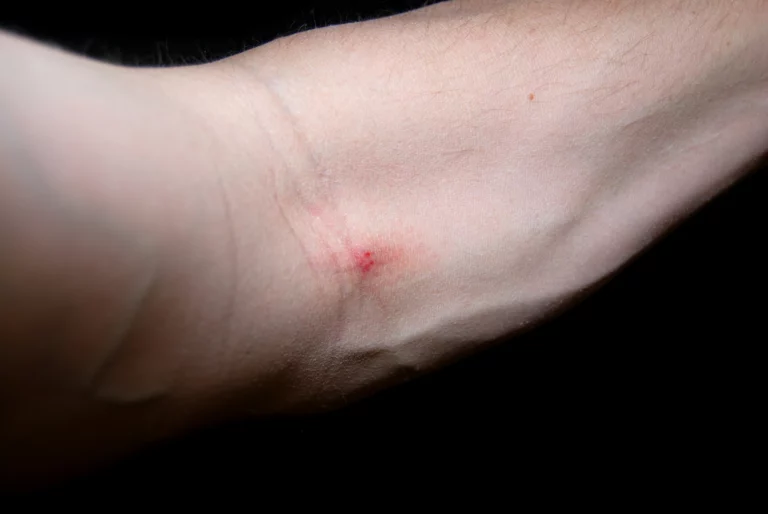History of Heroin
The drug commonly referred to as heroin is an offshoot of morphine, a natural substance found in poppy seeds. In 1898, The Bayer Company promoted the drug as a pain reliever more potent than its predecessors and heroin soon became available to the public. For a decade, addiction to the new pain reliever skyrocketed and by 1910, intravenous injection became the normal means of administration. Concern quickly grew among the medical and political communities and by 1924 the Anti-Heroin Act of 1924 was passed, prohibiting the sale, import, and production of heroin in the United States. Despite the law, heroin use has since remained prevalent in the U.S. and across the globe. Most notably, this is reflected in the opium epidemic during the Vietnam War. Being native to Southeast Asia, the poppy plant and its opioid byproducts were easily accessible to locals and troops, alike. The lure of heroin and its numbing qualities during a time of war led to an onslaught of addiction that followed soldiers home. This epidemic was followed by another in the 1990s and then again in the early 2010s. According to the Centers for Disease Control and Prevention, there was a 286% increase in heroin addiction and overdose deaths from 2002-2013. Today, heroin use and overdose deaths continue to present a very serious problem.

The Heroin High
Heroin can be injected, smoked, or snorted. The use of heroin results in a high in which the user experiences:
Sense of euphoria
Numbness
Dry Mouth
Falling in and out of consciousness
Warm, flushed skin
Extremities feel heavy
Shallow breathing
Nausea
Itching
Side Effects of Heroin Use
Long-term use of this drug can lead to medical complications and serious illness. Such side effects include:
Liver disease
Skin disease at injection sites
Infections of the heart valves and lining
HIV or Hepatitis B and C
Chronic pneumonia
Collapsed veins
Blood clots
Kidney disease
Respiratory depression
Seizures
Overdose
Death
Withdrawal Symptoms
Withdrawal symptoms from heroin can develop as soon as a few hours after use. Someone who is withdrawing from heroin dependence is at risk of serious medical complications and should seek medical help immediately. Some effects of withdrawal include:
Intense craving for heroin
Extreme sweating
Nausea and vomiting
Severe muscle aches and pains
Cramping in the limbs
Feelings of heaviness of the body
Extreme pain in muscles and bones
Insomnia
Cold sweats
Fever
Diarrhea
Death can occur when other medical conditions are present
Heroin use in the United States
In the past two decades, heroin dependence has increased across the U.S. and exists among all demographics. The graph below, provided by the National Institute on Drug Abuse, illustrates the gravity of fatal heroin use in America.

Treatment
Heroin use is extremely addictive and oftentimes fatal; therefore, it is extremely important to seek help immediately if you or a loved one is struggling with this addiction. Although there are many inpatient drug rehab centers in North Carolina, Asheville Recovery Center has developed a unique and effective approach. At Asheville Recovery Center, treatment specialists utilize a 12-step program while practicing holistic rehabilitation.
Services at the center include:
Partial Hospitalization Program – At Asheville Recovery Center we offer a partial hospitalization program for clients who need post-residential treatment as well as for clients who need primary treatment but are unable to enroll in inpatient programs. Our PHP track offers a variety of therapeutic services and benefits to individuals in early recovery from substance addiction. Our day program is full-time, offering all of the clinical hours provided in residential treatment (from 9 am to 5 pm) with the benefit of allowing clients to return home to a structured sober living environment at night. This gives individuals the opportunity to build a community of peers and practice life skills, such as cooking, cleaning, and self-care, while still participating in immersive and intensive clinical addiction and trauma treatment.
Outpatient Rehabilitation – During intensive outpatient treatment, clients live at home or in a sober living residence which can help keep them accountable for their recovery commitment. Our staff coordinates with local, reputable sober living homes to ensure that our clients are living in a safe place and that their needs are being met, even when they are not at clinical sessions. During this time, clients are also encouraged to become involved in local twelve-step fellowships, to find sponsors, and to begin working the steps of recovery through participation in these groups. IOP is a place where clients can process their experiences in twelve-step fellowships and support one another in those individual journeys.
Addiction is difficult to overcome alone. If you feel that you or a loved one is struggling with heroin abuse, our specialists are on standby and ready to help. Call (828)383-0784 and speak with an addiction expert today.





